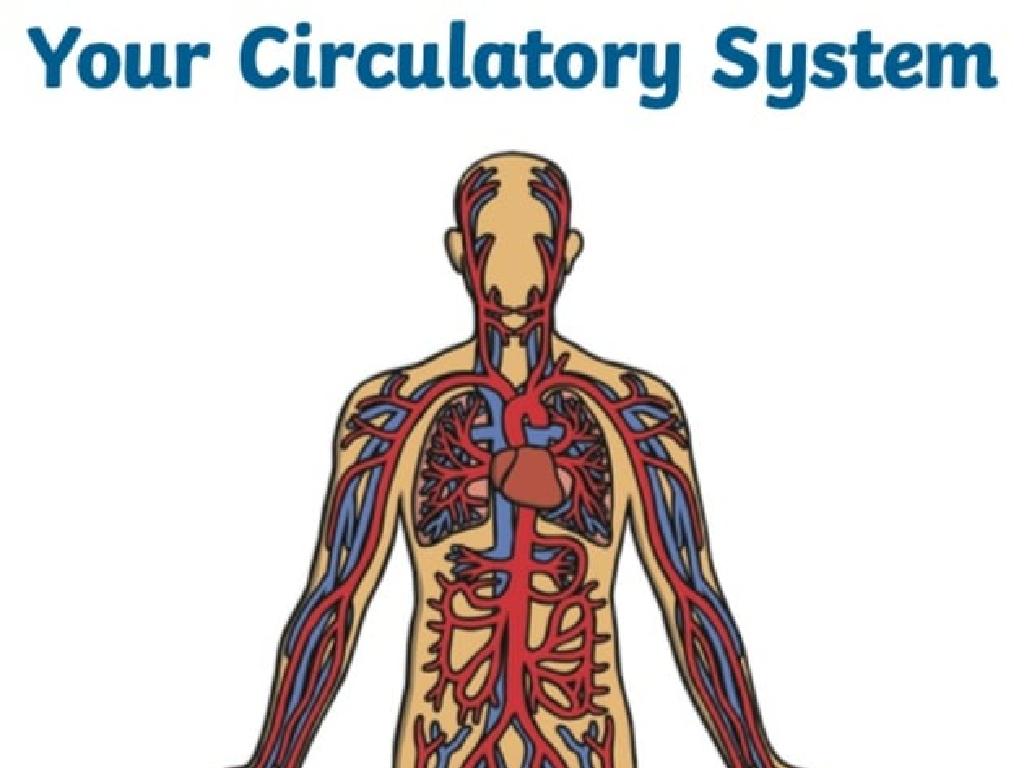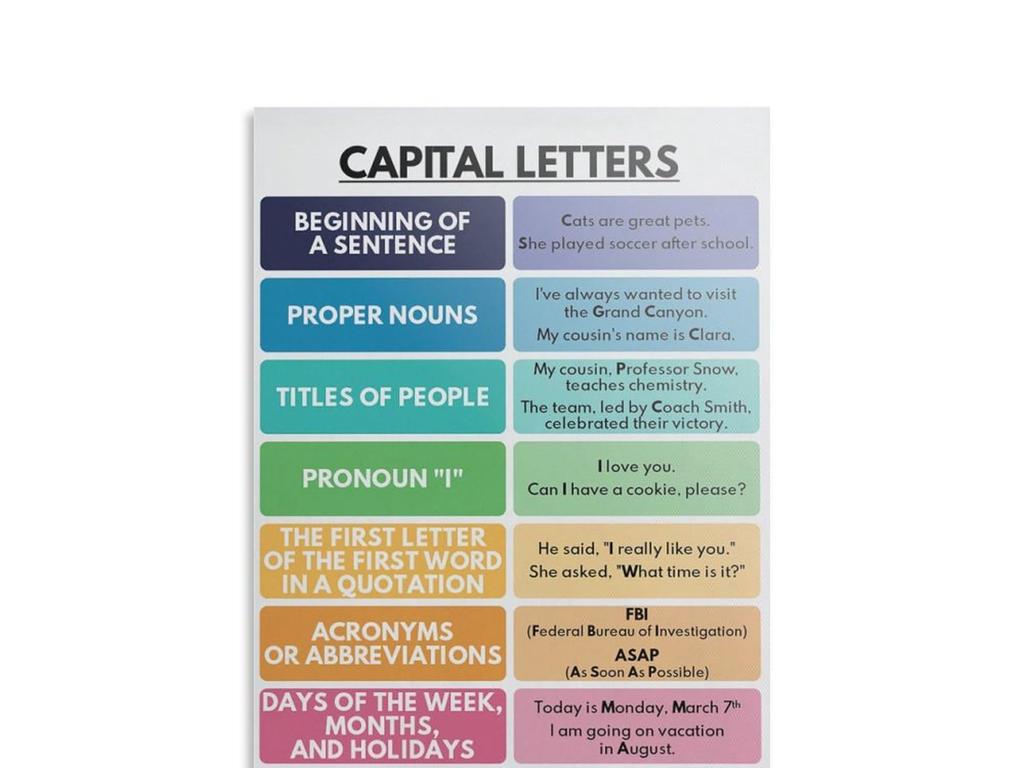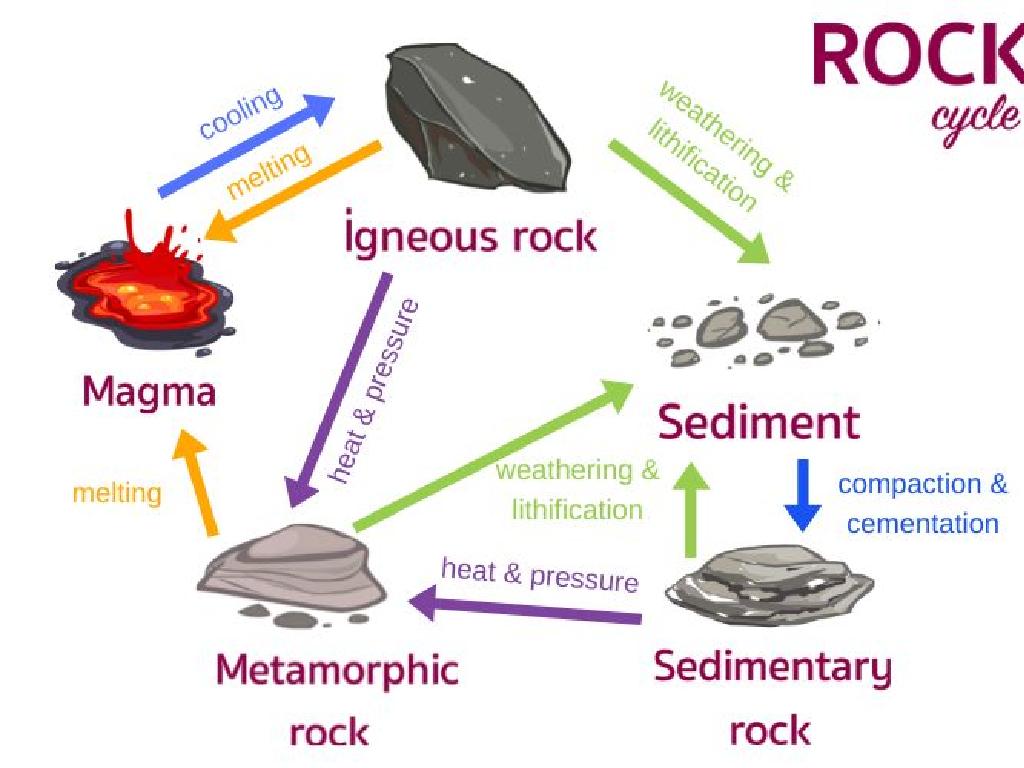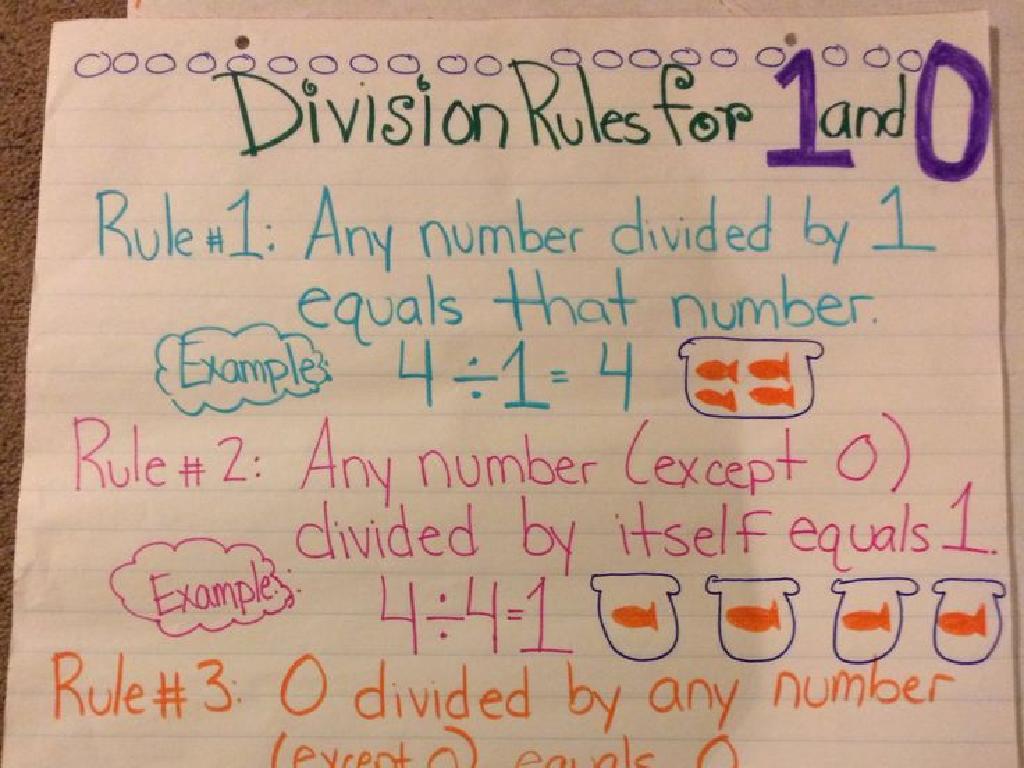Identify Mixtures
Subject: Science
Grade: Second grade
Topic: Mixtures
Please LOG IN to download the presentation. Access is available to registered users only.
View More Content
Welcome to Mixtures!
– Learning about mixtures
– What is a mixture?
– A mixture is when two or more things are combined, but they don’t change into something new.
– Mixtures in daily life
– Like salad, trail mix, or colored beads together.
– Observing mixtures around us
– Let’s be mixture detectives and find examples!
|
This slide introduces the concept of mixtures to second-grade students. Begin by explaining that a mixture is when different things are put together without creating a new substance. Use relatable examples like a fruit salad or a box of assorted toys to illustrate the point. Encourage the students to think of mixtures they encounter in their daily lives, such as in the kitchen with ingredients or at play with different types of games and toys. Ask them to be ‘mixture detectives’ and look for mixtures in the classroom or at home, fostering observational skills and curiosity about the physical world.
What is a Mixture?
– Mixtures combine things together
– Like sand and water in a bucket
– Things in a mixture stay the same
– Salt and water still taste salty
– Mixtures can be safe to eat or drink
– Salads, fruit punch are mixtures
– Examples of everyday mixtures
– Chocolate milk, air, and salad
|
This slide introduces the concept of mixtures to second-grade students. A mixture is when two or more substances are combined without creating a new substance. The components of a mixture maintain their original properties. For example, when sand is mixed with water, it can still be separated and remains sand. Students should understand that many things they interact with daily are mixtures, including food and drinks. Emphasize that while some mixtures are edible, like fruit salad or chocolate milk, not all mixtures are safe to consume. Use this opportunity to discuss with students other examples of mixtures they might find in their homes or school.
Exploring Types of Mixtures
– Mixtures can be different
– Homogeneous mixtures are uniform
– Every part looks the same, like lemonade
– Heterogeneous mixtures are varied
– You can see the different parts, like in a salad
– Examples: Saltwater and Trail mix
– Saltwater is the same throughout, trail mix has nuts, raisins, etc.
|
This slide introduces the concept of mixtures to second-grade students by categorizing them into two types: homogeneous and heterogeneous. Homogeneous mixtures are the same throughout, which means you cannot see the different substances that make them up. Examples can include solutions like saltwater where the salt is completely dissolved. On the other hand, heterogeneous mixtures have different parts that are visible, such as a trail mix or a salad where you can see and pick out individual ingredients. Encourage students to think of more examples from their daily lives and discuss why it’s important to know the difference between these types of mixtures.
Exploring Mixtures Around Us
– Sand and water: a beach mix
– Notice how you can see the sand and water separately
– Salad: a veggie mix
– Your salad has many kinds of veggies you can pick out
– Sugar in water: a sweet mix
– The sugar disappears in water, but it’s still there!
– Mixtures are everywhere!
|
This slide aims to help students identify and understand mixtures in their everyday environment. A mixture is made when two or more substances are combined, but they do not create a new substance. The sand and water at the beach are a classic example of a heterogeneous mixture because you can see the separate parts. A salad with different veggies is also heterogeneous for the same reason. Sugar dissolved in water is a homogeneous mixture because the sugar is completely mixed with the water, even though it’s not visible. Encourage students to think of other examples of mixtures they encounter daily. Ask them to bring in examples or pictures for the next class to foster engagement and practical understanding.
Identifying Mixtures
– What is a mixture?
– A mixture has different things you can see.
– Spotting different things
– Can you see different parts like in a salad?
– Checking if it’s the same everywhere
– Is it the same all over like sugar water?
– Examples of mixtures
– Sand and pebbles, cereal with fruits
|
This slide is aimed at helping second-grade students understand the concept of mixtures in science. A mixture is something made up of two or more different things that are not chemically combined. To identify mixtures, we can look for different components within it, such as the different ingredients in a salad. Another way is to see if the substance looks uniform throughout, like when sugar is dissolved in water, which is also a mixture. Provide examples that are relatable to the students, such as a box of cereal with fruits and nuts or a handful of sand mixed with pebbles. Encourage the students to think of other examples of mixtures they come across in their daily lives.
Let’s Practice Identifying Mixtures!
– Activity to identify mixtures
– I’ll show you items to classify
– Look for different parts
– Mixtures have parts you can see, like salad
– Does it look the same all over?
– Pure substances look uniform, like water
|
This slide is for a class activity aimed at helping second-grade students practice identifying mixtures. The teacher will show various items to the class, and students will determine if each item is a mixture or not. The key teaching point is to help students recognize that mixtures are made up of different parts that can usually be seen with the naked eye, while pure substances look the same throughout. Possible items for the activity could include a bowl of salad (mixture), a glass of water (not a mixture), a box of crayons (mixture), or a bar of solid chocolate (not a mixture). The teacher should prepare a diverse set of items to help students understand the concept clearly.
Class Activity: Mixture Scavenger Hunt
– Search for mixtures in the classroom
– Draw or list the mixtures you find
– Pair up and discuss your findings
– Share ideas with your partner
– Explain why each item is a mixture
– Think about what makes a mixture
|
This activity is designed to help students identify mixtures in a fun and interactive way. By searching the classroom, they will learn that mixtures are all around them. Encourage students to look for items that consist of two or more materials combined, such as salt and pepper shakers or a box of crayons. As they work in pairs, they should discuss their items and articulate their reasoning, promoting critical thinking and collaboration. Teachers should circulate the room to facilitate discussions, provide guidance, and ensure each pair understands the concept of mixtures. Possible activities for different pairs could include finding liquid mixtures, solid mixtures, or even mixtures in their own lunchboxes.
Review and Share: Classroom Mixtures
– Review scavenger hunt findings
– Pairs share one mixture item
– Explain why it’s a mixture
– What makes your item a mixture? Discuss the different parts you can see.
– Learn about mixtures together
|
This slide is meant to facilitate a discussion and review of the scavenger hunt activity focused on identifying mixtures. Each pair of students will take turns sharing one item they found during the scavenger hunt. They should explain what makes their item a mixture, ideally pointing out the different components that are mixed together. This activity will help reinforce the concept of mixtures by providing tangible examples from the students’ own environment. It’s also an opportunity for the class to learn from each other and appreciate the variety of mixtures that exist around them. The teacher should guide the discussion, ensuring each pair has a chance to share and provide feedback or further explanation as needed.
Exploring Mixtures: Conclusion
– Congratulations on learning about mixtures!
– Mixtures are everywhere in our world
– Think of air, salad, or even your toy box!
– Exploring mixtures can be very fun
– Try mixing different safe items at home
– Keep observing and stay curious
|
This slide wraps up the lesson on mixtures, reinforcing the concept that mixtures are a combination of two or more substances that can be physically separated. Emphasize the prevalence of mixtures in everyday life and encourage the students to continue exploring and learning through observation. Remind them that asking questions is a great way to learn more about science and the world around them. As a follow-up activity, students could be encouraged to bring examples of mixtures from home or to create their own mixtures using safe, non-toxic items.






